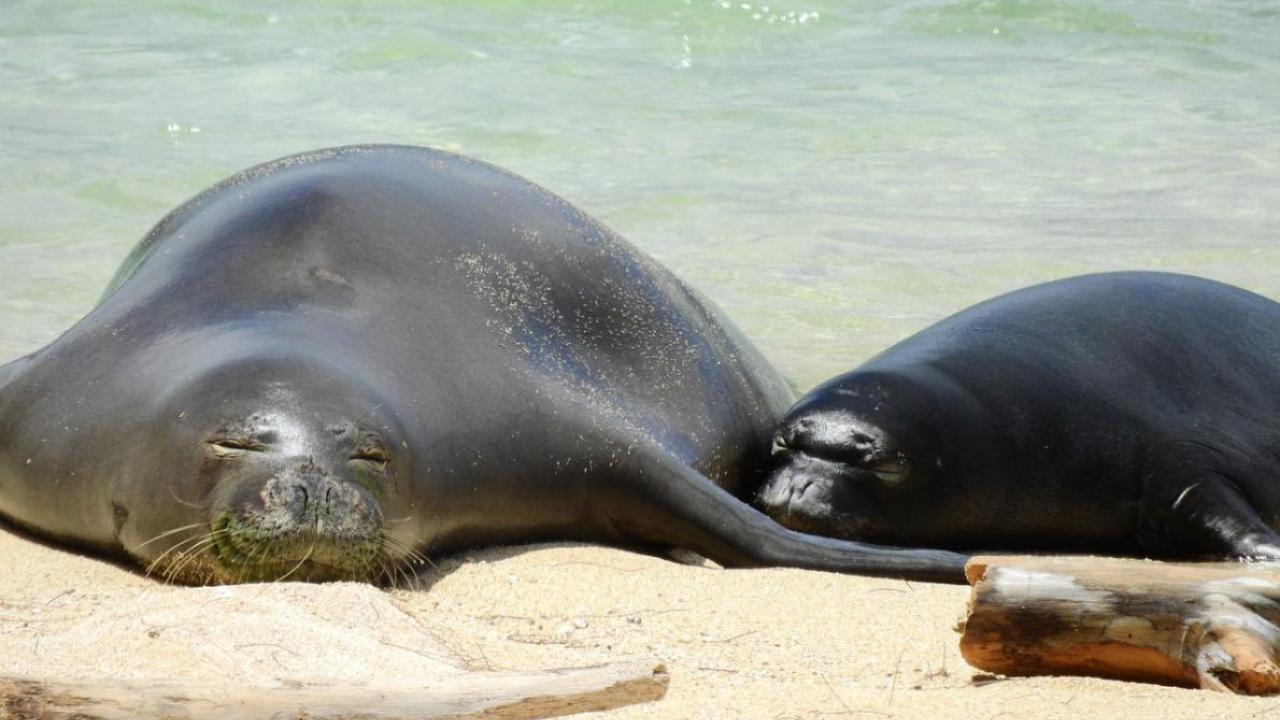
How Housecats Are (Indirectly) Killing Monk Seals
From Salon, written by Nicole Karlis
When we ponder the idea of the circle of life — the interconnectedness between all natural life on Earth, the connection between kitty litter and the endangered monk seal may not be obvious. Alas, scientists over the last couple decades have compiled evidence that cat feces, which often drains into the ocean in coastal cities, can infect Hawaiian monk seals with toxoplasmosis — a potentially fatal disease caused by a single-cell parasite.
Worse, there are only an estimated 1,400 Hawaiian monk seals left in the world, meaning that even a small number of toxoplasmosis-infected seals could comprise a significant percentage of the seal’s overall population.
Since 2001, which is when scientists observed the first fatality directly linked to the parasite, there have been 11 directly observed Hawaiian monk seal deaths — or about one percent of the species’ population, according to the National Oceanic and Atmospheric Administration (NOAA). Experts believe the real number could be much higher.
“We have 11 that have died, eight of which are female — and that is the scariest aspect of it, because they are the contributors to increasing the population,” Angela Amlia, Hawaiian Monk Seal Recovery Coordinator at NOAA Fisheries Pacific Islands Regional Office, told Salon, adding that "there may have been other[s] that have died." “It is possible — and we don't know for certain — that it has to due with immunosuppression due to reproduction.”
Amlia explained that the monk seals “might not be able to fight off infections new or old ones that were already there . . . . that is one of the theories [as to] why females [monk seals] are more susceptible.”
In Hawaii, feral cats run rampant. That’s because the Hawaiian islands have the perfect combination of conditions for feral cat breeding: pleasant weather, lots of prey, and no predators, meaning their population keeps growing.
Yet Hawaii’s status as a feline paradise could further endanger the monk seal species. Toxoplasmosis is the biggest threat to the large sea mammals, followed by interactions with shorecasting gear, unattended nets, and human-inflicted trauma.
Toxoplasmosis is specific to cat feces because cats are the only animals that can defecate Toxoplasma gondii eggs, which are known as oocysts. Patricia Conrad, a professor of parasitology at the School of Veterinary Medicine at the University of California, Davis, said this is not meant to “demonize cats,” but the parasite in its fatal form is specific to cats because of how the single-cell moves through their intestines.
